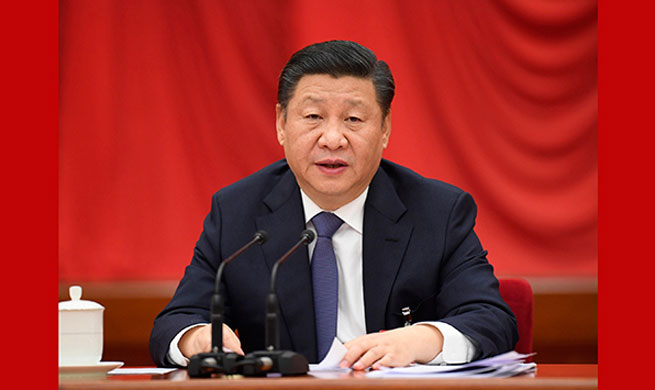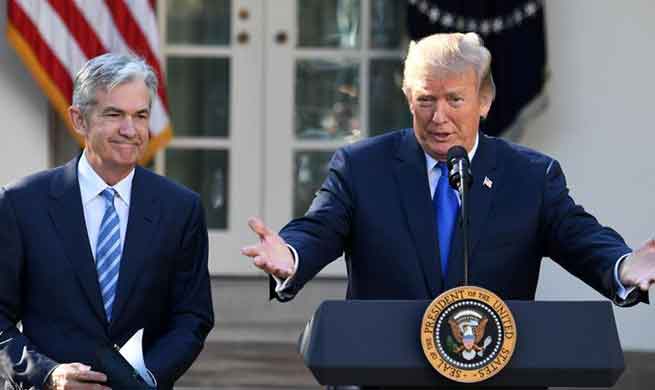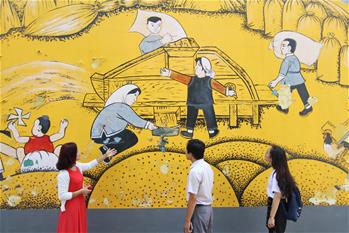BEIJING, Jan. 20 (Xinhua) -- China's gender imbalance was further reduced in 2017, thanks to the introduction of the "second-child policy," according to experts.
At the end of 2017, China had 32.66 million more males than females, down from 33.59 million at the end of 2016, according to the National Bureau of Statistics.
The gender imbalance has continued to decline over the last five years, dropping by around 1.2 million annually, with the largest reduction seen in 2017, official data showed.
Chen Jian, deputy head with China Society of Economic Reform, attributed the improvement in China's gender balance to the introduction of the "second-child policy," which has helped reduce the number of selective abortions performed in regions where boys are preferred over girls.
About 17.23 million babies were born in 2017, of which 51 percent have an older sibling, according to the National Health and Family Planning Commission.
However, the total number of births fell by about 630,000 compared with 2016 while percentage of the population aged over 60 rose from 16.7 percent in 2016 to 17.3 percent in 2017.
China should roll out more supportive policies to encourage couples to have children in order to help the country deal with the aging society issue, said James Liang, a professor with Peking University.
The government could reduce taxes or offer subsidies for families to help cover the costs for raising multiple children, Liang suggested.
















